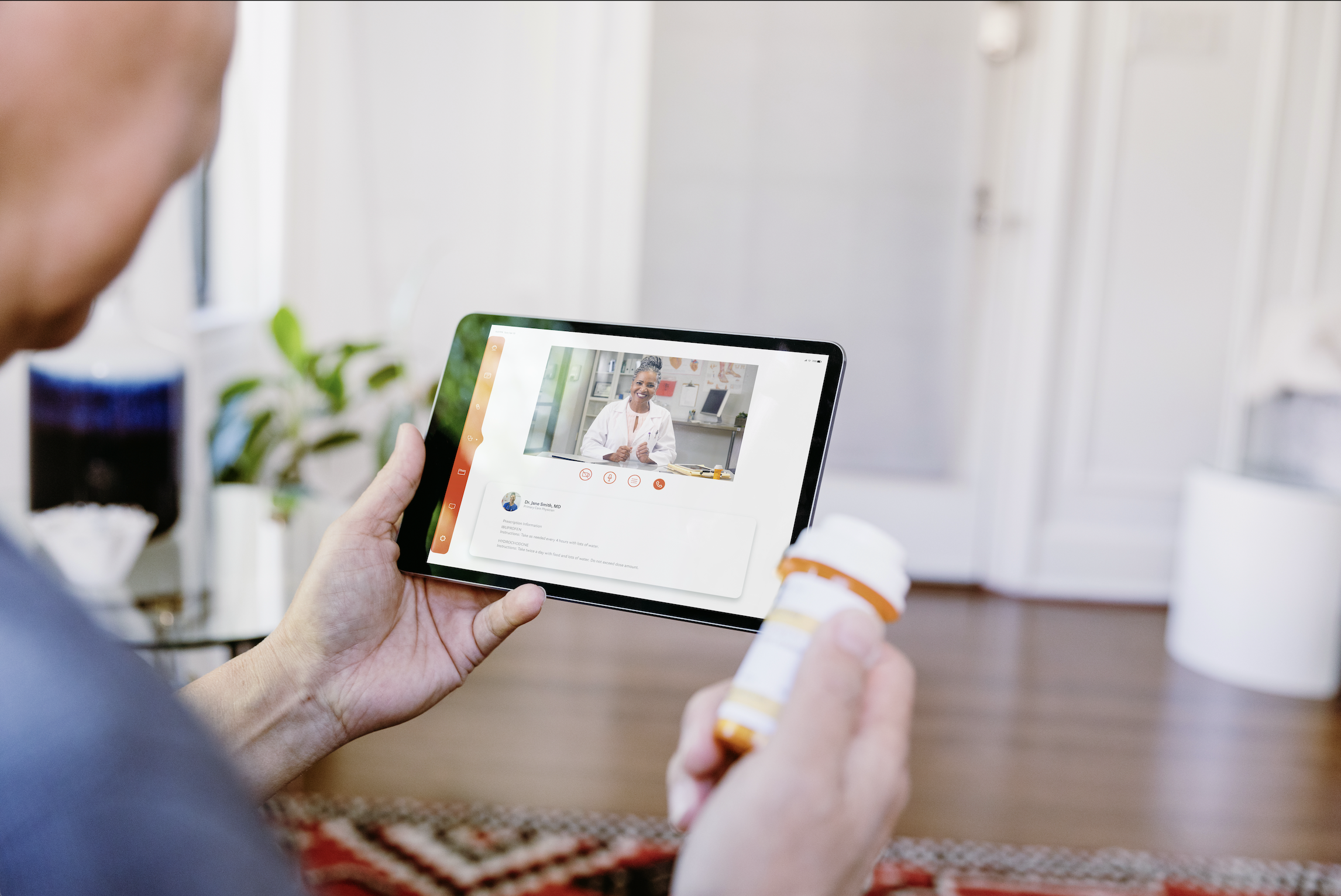Telehealth Improves Heart Health Outcomes for Patients
This February marks American Heart Month, recognizing the 127.9 million adults in the U.S. who suffer from cardiovascular disease, the leading cause of death in the U.S. One tool that has exponentially enhanced care outcomes and significantly reduced mortality rates among heart patients is telehealth. Millions of heart patients have come to rely on telehealth for the day-to-day management of their conditions but unfortunately face a telehealth cliff as protection of telehealth services expires at the end of March. Congress must recognize the pivotal impact of telehealth on health outcomes for cardiovascular disease and protect these vital services before it’s too late.
Some of the key benefits of virtual care for heart health include:
- Remote patient monitoring: For heart patients, quickly recognizing and responding to irregular conditions can be the difference between life and death. Increased access to virtual care has spurred innovations in the patient monitoring space, including wearable heart monitoring devices. One study found that wearable heart monitors detected undiagnosed irregular heartbeats in patients 98 percent of the time.
- Hospital-at-home programs: Hospital-at-home programs that utilize telehealth services to treat heart patients have resulted in a reduced likelihood of later hospitalization. One such program saw 84 percent of patients complete their treatments without needing to visit a health facility for imaging, testing, or further procedures.
- Patient satisfaction & access to specialists: The convenience, comfort and constant care telehealth provides has greatly satisfied heart patients. Through telehealth, patients can connect with a specialist whenever their symptoms demand. One study noted that 96.7 percent of cardiovascular patients reported being “very satisfied” with the flexibility offered by telehealth services.
- Cost savings: Health care professionals have also applauded cost savings to patients and medical administrators through telehealth implementation. The American Heart Association shared how telehealth monitoring drastically reduced cardiovascular events in heart patients, saving about $1,900 over five years of health care costs per patient. These outcomes and continual breakthroughs demonstrate the promising future of health care aided by telehealth.
Currently, millions of patients, including those with heart diseases and seniors, are at risk of losing access to these critical services at the end of March. Congress can avoid the looming telehealth cliff and unlock the full potential of these services by permanently extending key flexibilities. Lawmakers must provide permanent telehealth protections and certainty to benefit patients, physicians, and health care innovators nationwide.
As we recognize American Heart Month and the expiration deadline rapidly arrives, there is no better time to permanently protect access to telehealth services in our nation.
Learn more about how Congress can act to protect telehealth HERE.
ABOUT TELEHEALTH ACCESS FOR AMERICA
Telehealth Access for America (TAFA) is a public education campaign supported by leaders in health care committed to better care, expanded patient choice, and protecting access to critical telehealth services. Learn more and take action today at www.telehealthaccessforamerica.org.

